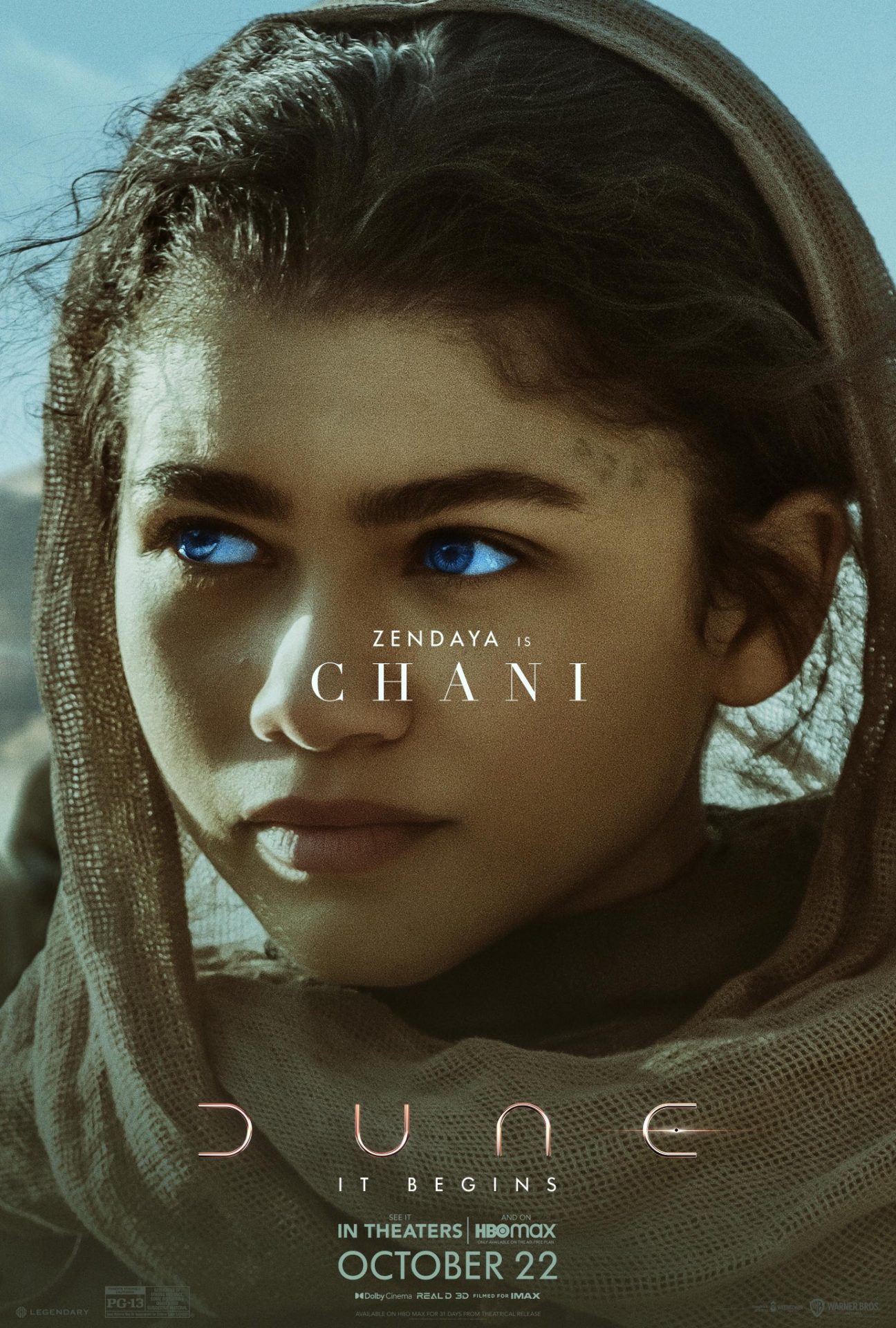
Arab inspired
Fremen Character
Chani from Dune: Part One

When looking more closely at the Dragon Rider, his turban, clothes, and skin colour stand out. His looks as well as clothes are reminiscent of oriental fictional media such as the popular fantasy book Dune or Disney’s Aladdin. Although fantasy settings in media take place in an imagined reality, they are based on our world (Baife, 2004). Therefore, Fantasy characters can often be easily traced back to certain countries or cultures through their looks or behaviour (Dridi, 2022). The fantasy genre often makes use of oriental cultures as a basis for their geographies and character studies (Baife, 2004).
Orientalism is nothing new as it refers to the creation of the Orient through a Western postcolonial lens (Koefoed & Haldrup, 2020). Here, the West dominates the East and constructs a picture of the Middle East as underdeveloped and subordinate (Koefoed & Haldrup, 2020). While the book Dune by Frank Herbert is based on a fascination with Arabic and Muslim culture, it plays into Orientalism by depicting the white main character as a saviour (Dridi, 2022). The movie adaption, Dune: Part One by Denis Villeneuve, reinforces the romanticisation of white saviorism while replacing the Arab language with one that is made up (Dridi, 2022). In addition, the story is fully told from the point of view of the protagonist Paul Atreides, without insight into the perspective of the Arab inspired Fremen characters (Dridi, 2022). Further, the Fremen are depicted as outsiders and are only culturally identified through their language, their clothes, and the desert they live in (Dridi, 2022). Therefore, inspiration from Arab culture without a clear identification of such takes place. This means that historical events are defamiliarized through a fantasy setting and seem more like an aesthetic than a critical representation (Dridi, 2022).